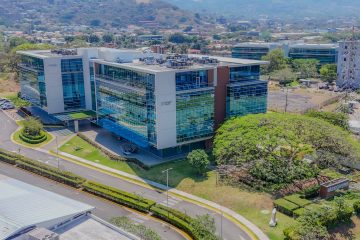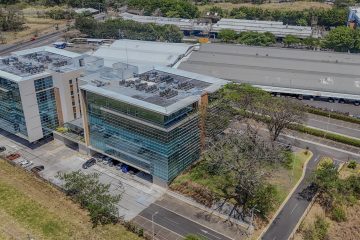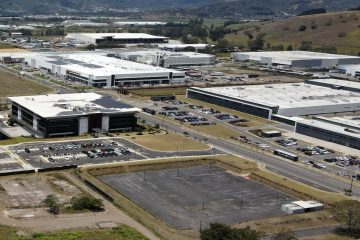El Financiero – Costa Rica’s national production, measured by the Monthly Index of Economic Activity (IMAE) cycle trend series, registered year-on-year growth of 4.6% in July 2025, according to the most recent report published by the Central Bank of Costa Rica (BCCR). This result consolidates a streak of 32 consecutive months with growth above 4.0%, a milestone not seen since 2005.
The dynamism of the Costa Rican economy continues to show two markedly different speeds. On the one hand, companies under special regimes (free trade zones) experienced robust growth of 15.6%, the highest since July 2023. On the other hand, the definitive regime, which groups most companies operating in the local market, maintained moderate growth of 2.2%.
The engine of special regimes
The outstanding performance of special regimes was the main driver of overall growth. This sector was primarily driven by an increase in medical supplies exports, which registered a notable increase of 50.5%. Manufacturing, software development, information technology, and administrative and head office support services also contributed to growth.
Manufacturing within this special regime grew by 33.4%, with production of devices such as heart valves and catheters standing out.
Final regime: modest growth and significant challenges
The definitive regime showed a slight acceleration of 0.2 percentage points compared to the previous month. Its 2.2% growth was sustained by increased domestic demand for services such as transportation, financial services, real estate, and trade, as well as increased external demand for professional services.
However, this regime faces significant challenges that limit its expansion. Three main areas present difficulties:
- Construction: The construction sector contracted by 2.3%, marking five consecutive months of negative results. The decline is attributed to a decrease in residential project execution, which fell by 4.3%. This decline was partially offset by a 5.9% increase in the construction of public works, such as roads, bridges, and water pipelines.
- Agriculture: Agricultural production registered a slight decrease of 0.1%. This contraction is due to adverse weather conditions at the end of 2024, which affected the yield of crops such as export-produced bananas, potatoes, and foliage. The result was partially offset by an increase in pineapple and chicken production for the local market.
- Local manufacturing industry: Several manufacturing industries under the definitive regime, such as paper, textiles, and food, experienced a slowdown. Overall, manufacturing activity under this regime contracted by 0.3% year-on-year.
Performance by economic activity
Overall, manufacturing was the activity that contributed most to the growth of the IMAE in July, accounting for 56.4% of the total expansion. It was followed in importance by professional and administrative services (12.6%), transportation and warehousing (6.1%), and financial services (5.9%).
The services sector as a whole grew by 3.7%, although eight of the ten activities comprising it showed slower growth compared to July of the previous year. Professional and administrative services were the largest contributors to the sector’s growth.
Meanwhile, vehicle trade and repair activity grew by 2.6%, although it shows a slowing trend, particularly in automobile sales.
In summary, the July 2025 data reflect an economy that maintains a healthy, historically sustained growth rate, but is highly dependent on the export dynamism of the free trade zones. Sectors geared toward the domestic market, such as construction and agriculture, face a complex outlook that is dampening the country’s overall economic performance.



0 Comments